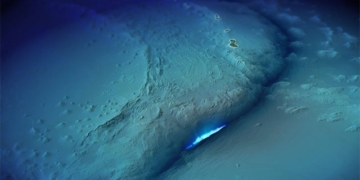The tilt of Earth has recently gained attention as scientists revealed that it has shifted by an additional 80 cm in less than 20 years.
Human groundwater extraction is primarily responsible for this astonishing new tilt of the Earth’s axis, but there’s no need to panic just yet.
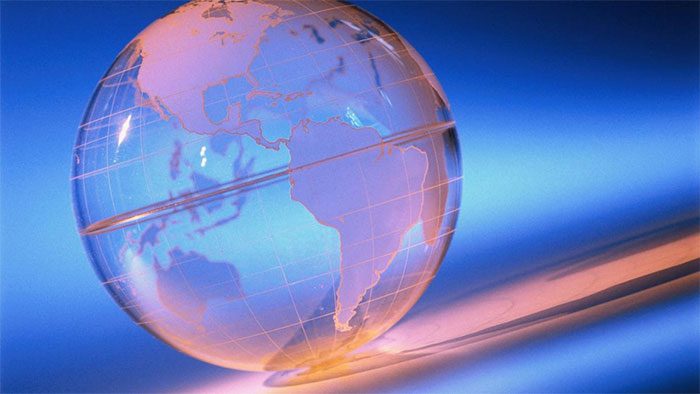
In a relatively short span compared to its “lifespan” – specifically from 1993 to 2010 – our 4.5 billion-year-old planet has tilted by as much as 80 cm.
Scientists revealed that the tilt of the Earth’s axis has shifted by an additional 80 cm in less than 20 years.
This data comes from a study published in June in the journal Geophysical Research Letters, indicating that human groundwater pumping is mainly responsible for the increased tilt of the Earth. According to this study, the increase in the tilt of the Earth’s axis is also related to rising global sea levels.
But why does groundwater extraction affect the tilt of the Earth, and is an 80 cm shift really a major concern?
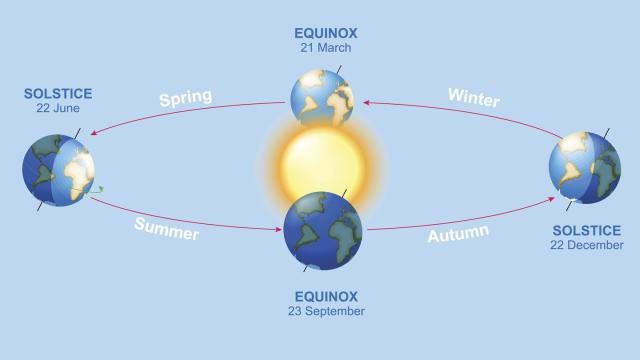
The Earth rotates around its own tilted axis compared to its orbit around the Sun.
The answer is that the reality of the Earth’s tilt is much more complex and involves many concerning variables that affect nearly every condition on the surface of the Earth. Below are the things we know about Earth’s tilt and why it continuously shifts.
According to Popular Mechanics, the Earth’s tilt is iconic. This is why we have seasons throughout the year and why both the North and South Poles experience periods of complete sunlight as well as total darkness.
If the Earth’s axis were perpendicular to its orbit around the Sun, one hemisphere would always face the Sun throughout the year. That hemisphere would always include the edges of both the North and South Poles. However, due to the current tilt of the Earth, sometimes you are much closer, and sometimes much farther from the Sun.
The place where humans reside, Earth, gives us a very solid feeling. But this can be a bit misleading. The crust, or outer layer, is primarily composed of solid rock, with a depth of about 40 km in many areas. Just with 30 cm2 of soil at that depth, there is a mass of nearly 11,000 tons.
However, a thickness of 40 km is only about 1/3 of 1% of the Earth’s diameter, and 11,000 tons is a minuscule number compared to the total mass of 6 x 1024 kilograms of the Earth. Above the crust are oceans, and beneath its surface are vast freshwater regions. Below this crust lies a mantle containing a small amount of molten rock, and beneath that is the outer core in a liquid state. (The Earth’s inner core is believed to be solid.)
As humans search for freshwater, they drill into the water reserves beneath or within the Earth’s crust. This affects the balance of the entire planet in the simplest way: suddenly, an area on the outer crust of the Earth becomes much heavier than it was before. Imagine what would happen if you hollowed out a section of the outside of a bowling ball or a top? It might still be fine, but it wouldn’t spin the same way anymore.
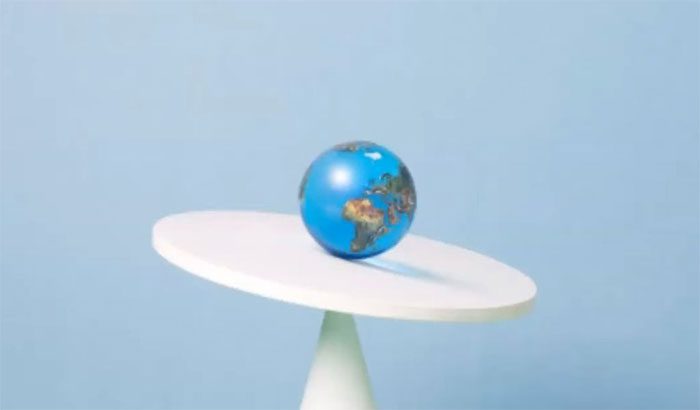
Intense groundwater extraction leads to an imbalance in the weight of the Earth’s crust.
The tilt of the Earth’s axis oscillates between 22.1 and 24.5 degrees over a cycle lasting about 41,000 years. Each degree around the circumference of the Earth is approximately 110 km, meaning that 80 cm is indeed a very small figure that is almost insignificant.
However, this tilting effect is caused by humans rather than natural fluctuations. Humans have existed for 41,000 years but did not drill into the Earth’s crust to extract groundwater.
According to the United States Geological Survey (USGS), the amount of water in underground aquifers beneath the Earth’s surface is over 1,000 times that of all the rivers and lakes in the world. (An aquifer is a block of rock or sediment that contains groundwater). This groundwater can be found almost everywhere on Earth, even in deserts, but it is often inaccessible or requires treatment for human use. Water can be near the surface, where it may only be a few hours old, or at great depths, where it could be thousands of years old.
We are increasingly dependent on pumping groundwater as freshwater in rivers and lakes runs dry and disappears. This groundwater is used for countless purposes, from drinking water to irrigation to mining. However, this process comes with consequences. Over-extraction of groundwater will devastate our natural water bodies and wetlands, causing them to dry up and leading to land subsidence.
And now, it is clear that groundwater extraction even affects the tilt of the Earth.
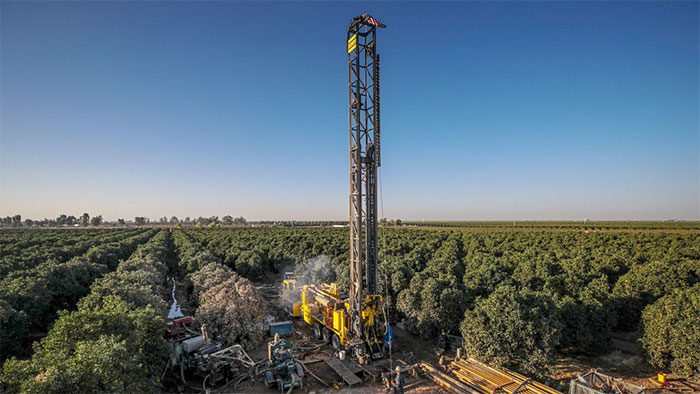
Groundwater extraction is increasingly going deeper into the Earth’s crust. (Image: CNN)
The Earth does not need to be in perfect balance. In fact, scientists believe that the massive impact from a celestial body named Theia created the tilted rotational motion of the Earth from its very inception. And due to the way Earth and other planets rotate, they eventually change shape over time into something more spherical.
In 2018, NASA shared that they had identified three main factors contributing to the change in the Earth’s tilt during the 20th century. These factors are the melting of ice in Greenland, land “recovering” after glaciers move or melt, and mantle convection. In mantle convection, molten rock portions beneath the Earth’s crust are continuously pulled up and pushed down. The density of these layers of differently heated rock causes a shift in mass.
Researchers are now continuing to investigate whether the increased tilt of the Earth’s axis could contribute to long-term climate change.
However, findings so far have further underscored warnings from scientists worldwide that reckless water extraction and unsustainable water resource usage threaten humanity in numerous ways.
Previously, studies showed that human-induced global warming through industrial activities and the rapid melting of glaciers in recent decades also contributes to disrupting the distribution of weight and affecting the rotational axis of the Earth.


















































